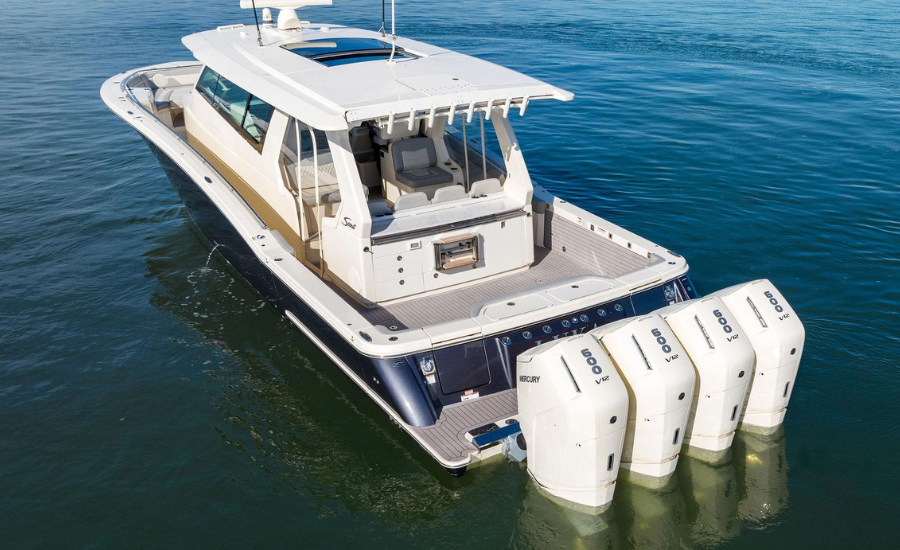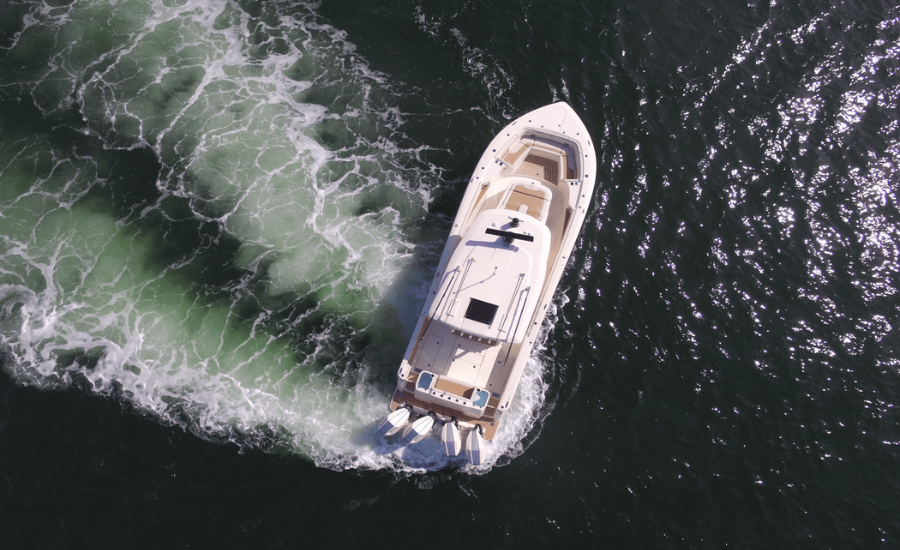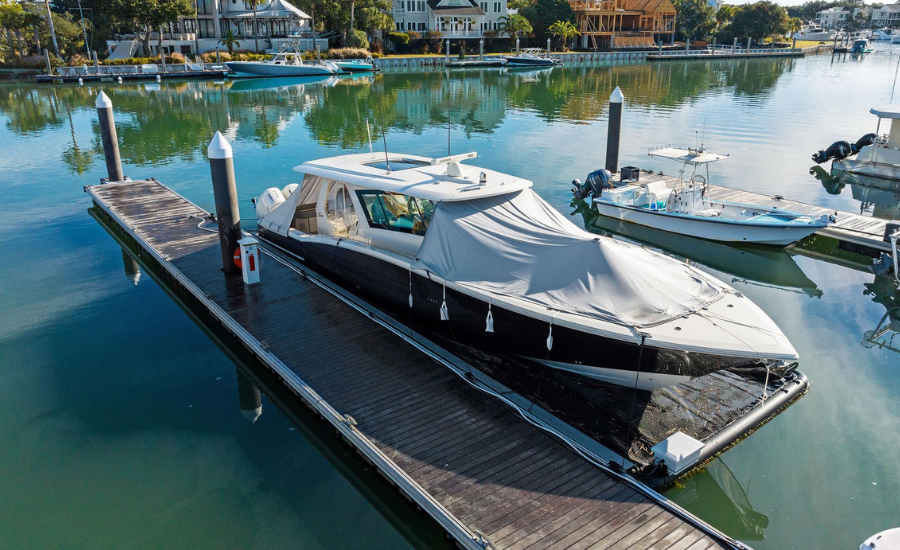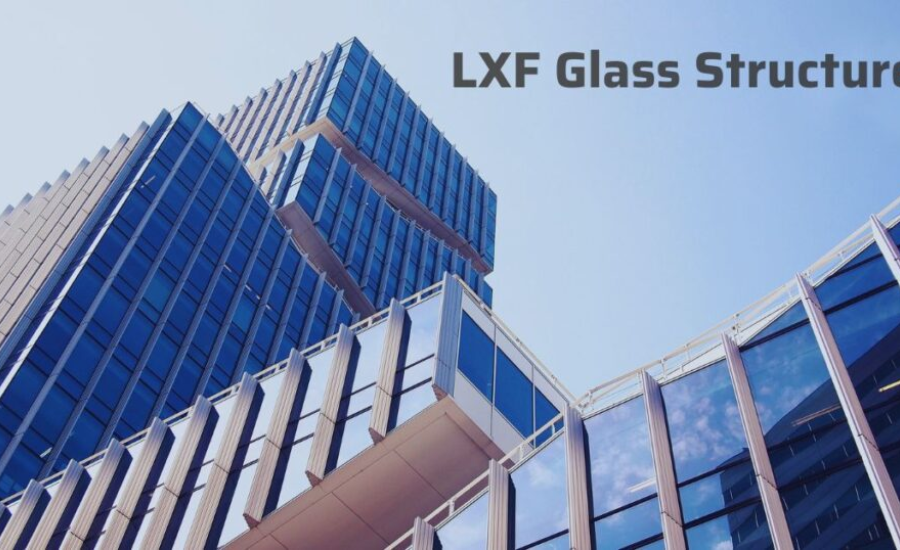The Rise Of lxf glass structure : Revolutionizing Modern Architecture With Durability, Design, And Sustainability
In today’s fast-paced architectural landscape, Lxf glass is quickly becoming a popular material, thanks to its perfect blend of functionality and visually captivating design. Architects and builders are drawn to its versatility, as it offers both structural strength and aesthetic appeal, making it a go-to choice for modern buildings. The unique properties of Lxf glass, including its durability, transparency, and ability to control light, are helping to redefine the way we think about space and design in the built environment.
lxf glass structure is not just a trend—it’s shaping the future of construction by enabling more innovative and sustainable design solutions. From sleek office buildings to environmentally-conscious homes, this material is being used in a wide range of applications, offering practical benefits like energy efficiency, sound insulation, and enhanced safety.
What Is Lxf Glass Structure?

Lxf glass structures represent a revolutionary advancement in architectural design, leveraging laminated glass as the core material.This interlayer not only enhances the strength and durability of the glass but also improves its safety features, making it ideal for a wide range of building applications. The use of laminated glass in architecture provides both functional benefits and a visually striking design, making Lxf glass a preferred choice for modern construction.
The concept of laminated glass was first discovered in the late 19th century by French chemist Édouard Benedictus, who inadvertently stumbled upon its properties when he dropped a glass flask coated with a thin film of cellulose nitrate. The glass cracked but did not shatter, thanks to the protective layer. This accidental discovery laid the groundwork for the development of laminated glass, which has since found its way into numerous industries, from automotive safety glass to architectural design.
Types Of Lxf Glass Structures
Lxf glass structures come in many forms, each tailored for specific architectural purposes. These versatile applications serve both aesthetic and functional roles in modern buildings.
- Laminated Glass Walls
Lxf glass walls are made from multiple layers of laminated glass, providing a combination of strength, durability, and visual appeal.The ability to let in natural light while providing structural integrity makes them an excellent choice for modern architecture. - Laminated Glass Facades
Lxf glass facades are becoming increasingly popular in the design of office buildings, high-rise residential towers, and hotels. These transparent exteriors not only enhance the visual appeal of buildings but also maximize the flow of natural light into the interior. The use of Lxf glass facades contributes to a sleek, contemporary appearance while also supporting energy conservation through natural daylighting. - Laminated Glass Skylights
Skylights made from Lxf glass offer an elegant and efficient solution for lighting up interior spaces. They allow sunlight to flood into rooms, creating bright, airy environments. In addition to their aesthetic benefits, these skylights provide excellent thermal insulation, helping regulate indoor temperatures and reducing reliance on artificial lighting. - Laminated Glass Floors and Staircases
Lxf glass floors and staircases are increasingly used in architectural designs where transparency and openness are key. These glass elements provide a dramatic view of the levels below, enhancing the feeling of spaciousness and modernity. Commonly found in lobbies, atriums, and residential spaces, they add a sophisticated touch while offering structural strength. - Laminated Glass Doors
Lxf glass doors offer a contemporary and inviting entryway to buildings. These glass doors are durable, weather-resistant, and customizable to suit both residential and commercial designs.
Advantages Of Lxf Glass Structures

Lxf glass brings several notable benefits to architectural design, combining aesthetic beauty with practical functionality.
- Durability and Strength
The laminated structure of Lxf glass enhances its impact resistance, making it highly durable and capable of withstanding physical stress and thermal shock. This strength makes it ideal for areas where safety and reliability are paramount, such as in public buildings, high-traffic areas, or even earthquake-prone regions. - Energy Efficiency
Lxf glass is highly energy-efficient, offering improved insulation due to the interlayer between the glass panels. This layer helps minimize heat transfer between the inside and outside of a building, leading to reduced energy consumption for heating and cooling. This not only cuts down on utility costs but also contributes to a building’s overall sustainability. - Aesthetic Appeal
Lxf glass offers an almost limitless range of design possibilities. Its transparency allows natural light to flood interiors, creating vibrant, open spaces. - Safety and Security
The safety benefits of Lxf glass are one of its most important features. In the event of breakage, the interlayer holds the glass fragments in place, reducing the risk of injury. This makes it an excellent choice for public spaces like schools, hospitals, and commercial buildings, where safety is a top priority. - Sustainability
Lxf glass contributes to sustainability in several ways. Its energy efficiency reduces a building’s carbon footprint, while the material itself is fully recyclable. Using Lxf glass in construction helps create environmentally-friendly buildings that support green building initiatives and sustainable design practices.
Construction And Installation Of Lxf Glass Structures
Building with Lxf glass requires precision and expertise. The construction process begins with a collaborative design phase where architects and engineers work closely to create detailed plans that balance the building’s functionality, aesthetics, and structural integrity.
Key Materials Used
- Laminated Glass Panels: The core material in Lxf glass structures, made from layers of glass bonded with PVB.
- Structural Supports: Materials like steel and aluminum are used to support the laminated glass panels.
- Sealants and Adhesives: These ensure the secure attachment of the glass to the structural framework.
- Specialized Tools: Custom tools are employed to cut, handle, and install the glass panels with precision.
- Safety Equipment: Protecting workers during installation is critical, requiring safety gear and careful handling of the glass.
Installation And Quality Control
The installation of Lxf glass involves placing large glass panels onto pre-installed structural supports with exacting accuracy. Specialized methods ensure the glass is securely fixed, aligned, and visually pleasing.
Maintenance Of Lxf Glass Structures
Maintaining Lxf glass structures is essential to preserve their longevity and aesthetic appeal. Regular cleaning is required to prevent dirt and grime build-up on the glass surface. Using mild detergents and soft cloths helps avoid scratching or damaging the surface.
Inspections And Repairs
Routine inspections are important to identify any signs of wear or damage, such as cracks or chips. Minor issues should be addressed promptly, while for more significant damage, professional glaziers may need to replace the damaged panels to restore the structure’s integrity.
Real-World Applications Of Lxf Glass

Lxf glass structures are being used in a variety of building types across industries. Common applications include:
- Residential Homes: Lxf glass is used for expansive windows, skylights, and floors that enhance natural lighting and the open, airy feel of living spaces.
- Commercial Buildings: Office complexes, retail spaces, and hotels benefit from the aesthetic appeal and energy-saving qualities of Lxf glass walls and facades.
- Public Spaces: Museums, libraries, and government buildings utilize Lxf glass to create bright, welcoming environments while maximizing natural light.
The Future Of Lxf Glass
As advancements in materials science and technology continue to evolve, Lxf glass is poised to play an even more significant role in the future of sustainable architecture. Emerging technologies such as self-cleaning coatings, smart glass, and integration with renewable energy systems could enhance the material’s energy efficiency and environmental impact, making it an even more powerful tool in green building design.
In conclusion, Lxf glass structures represent a new frontier in modern architecture, combining durability, energy efficiency, aesthetic beauty, and safety. As building designs continue to embrace innovation, Lxf glass will undoubtedly be at the forefront of shaping the next generation of architectural landmarks.
What Makes LXF Glass Structure Unique?
This laminated design not only enhances the strength of the glass but also offers remarkable flexibility. The interlayer acts as a buffer that distributes stress, preventing the glass from shattering under pressure. This multi-layered construction is what sets LXF glass apart, making it more resilient and versatile than ordinary glass, capable of withstanding extreme weather conditions and structural stress.
The multilayer composition of LXF glass does more than just improve its strength. It provides superior resistance to impact, high winds, and seismic forces, making it an ideal material for high-rise buildings and other large structures exposed to environmental stress. In addition to its durability, LXF glass offers an aesthetically pleasing, sleek, and modern look that enhances the overall design of a building, without compromising on performance or safety.
Strength And Durability Of LXF Glass Structure
The laminated nature of LXF glass makes it significantly stronger than traditional single-pane glass. It can endure significant physical impact, making it highly resistant to breakage and ideal for areas subject to heavy foot traffic or extreme weather conditions. For urban environments where buildings must withstand high winds, rainstorms, and seismic activity, LXF glass provides a reliable and sturdy solution.
Moreover, one of the key features of LXF glass is its ability to remain intact even under extreme pressure. If the glass does break, the interlayer holds the shards together, preventing dangerous shattering and reducing the risk of injury. This shatter-resistant characteristic is particularly important in public spaces such as airports, shopping malls, and transportation hubs, where large crowds gather. The durability of LXF glass also reduces the need for frequent replacements, making it a cost-effective choice for builders and developers looking for a long-term investment.
Safety Features Of LXF Glass Structure

Safety is a top priority in architectural design, and LXF glass structures excel in this regard thanks to their layered composition. The interlayer within the laminated glass helps to hold fractured glass in place in the event of breakage, which minimizes the risk of sharp edges or falling glass pieces. This feature is particularly valuable in high-traffic areas, such as schools, hospitals, and public buildings, where the safety of occupants is paramount.
Additionally, LXF glass can be further customized to improve safety features. Anti-slip coatings can be applied to glass flooring to reduce the risk of slipping, while tempered glass options can be used to enhance resistance to thermal stress.The combination of strength, durability, and customizable safety features makes LXF glass an ideal choice for architects seeking to create both secure and aesthetically pleasing environments.
In conclusion, the unique qualities of LXF glass—its multi-layer design, strength, durability, and safety features—make it a standout material in modern architectural design. Whether used in high-rise buildings, public spaces, or residential homes, LXF glass provides an unparalleled combination of performance and visual appeal, helping to shape the future of construction. Its ability to withstand environmental stress while enhancing safety and design flexibility ensures that LXF glass remains a top choice for innovative and sustainable building projects.
FAQs About LXF Glass Structure
Q1. What is LXF Glass Structure?
LXF glass structures are architectural designs that utilize laminated glass, which consists of multiple layers of glass bonded together with a polymer interlayer, such as polyvinyl butyral (PVB). This layered construction provides exceptional strength, durability, and flexibility, making it ideal for use in modern buildings and high-rise structures.
Q2.How does LXF Glass improve building safety?
LXF glass enhances safety by holding fractured glass together if it breaks. This reduces the risk of injury from falling glass shards. Additionally, it can be treated with anti-slip coatings for floors or tempered for greater thermal resistance, making it an ideal material for high-traffic public spaces.
Q3. Is LXF Glass environmentally friendly?
Yes, LXF glass is environmentally friendly. Its energy-efficient properties help reduce heating and cooling costs, lowering a building’s overall carbon footprint. Additionally, LXF glass is fully recyclable, making it a sustainable material choice for green building projects.
Q4. How is LXF Glass installed in buildings?
Installing LXF glass requires precision and expertise. The glass panels are placed onto pre-erected structural supports using specialized tools and techniques.
Q5. How should LXF Glass be maintained?
Maintaining LXF glass is simple. Regular cleaning with mild detergents and soft cloths helps keep the surface clear of dirt and grime. Inspections should be performed periodically to check for signs of wear, cracks, or damage.
Conclusion
LXF glass structures are transforming modern architecture by seamlessly blending style with functionality. Known for their exceptional strength, durability, and visual appeal, LXF glass is becoming the material of choice for a diverse range of buildings—from towering office complexes and luxury hotels to residential homes and public spaces. The laminated design of LXF glass allows it to withstand harsh weather conditions, seismic forces, and high-traffic environments, making it a reliable and safe choice for architects and builders. Its transparency also offers unique design possibilities, creating open, light-filled spaces that are both aesthetically pleasing and functional.
Beyond its visual and structural benefits, LXF glass also supports sustainability in construction. Its energy-efficient properties help regulate temperature and reduce reliance on artificial lighting, contributing to greener, more eco-friendly buildings. As advancements in technology continue to improve its capabilities, LXF glass is set to play an even more important role in the future of architecture. It promises to deliver innovative, sustainable designs that not only enhance the built environment but also improve the quality of life for those who inhabit these spaces.
Stay in touch for more updates and alerts visit: Vy6ys.Org!



